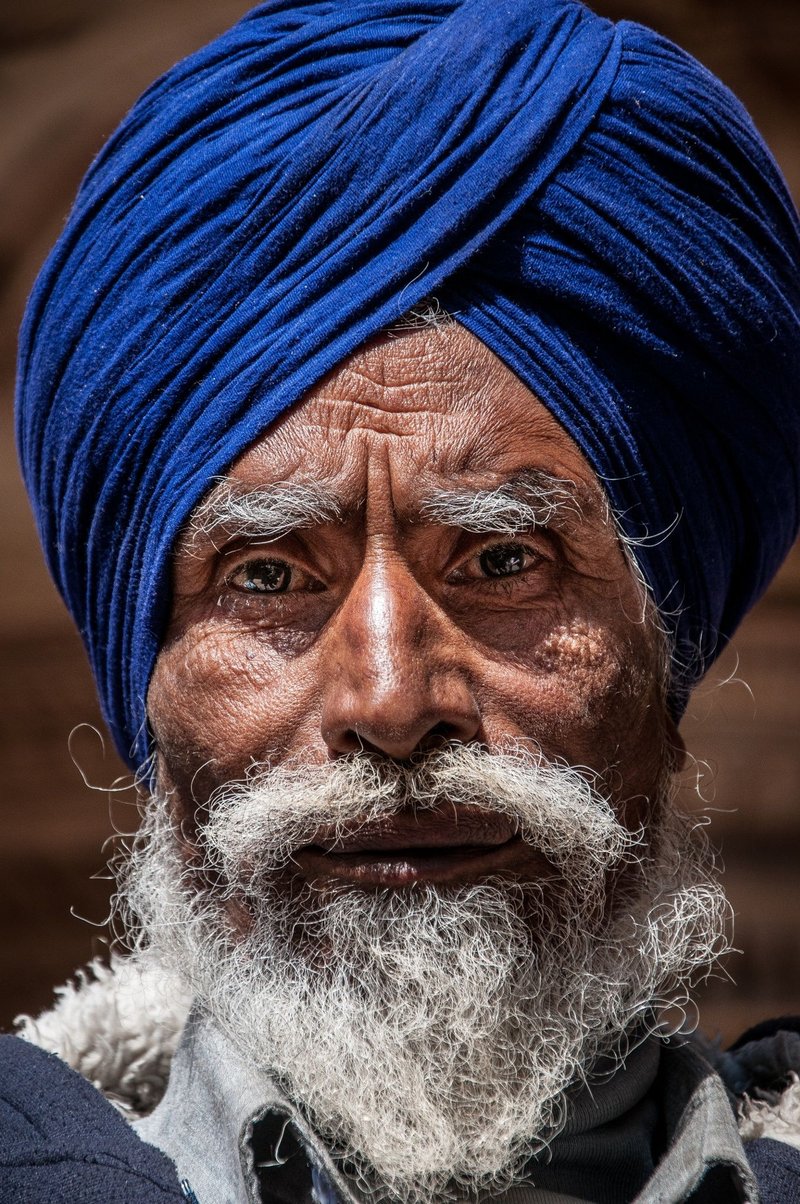
In the wild, Indian star tortoises use a combination of instinct and environmental cues to raise their young. These tortoises, native to India and Sri Lanka, are recognized by their distinct star-patterned shells. But their beauty isn’t just skin deep; their life cycle is equally captivating. Understanding how they raise their young can give us a glimpse into the delicate balance of wildlife and the wonders of nature.
Understanding Their Habitat
The first step in appreciating how Indian star tortoises raise their young is understanding where they live. These tortoises thrive in dry, scrubby forests and grasslands. They’re usually found in areas with plenty of sunlight and sparse vegetation. Honestly, their habitat is like a vast playground filled with both challenges and opportunities.
Young tortoises often rely on their environment for survival. The open areas allow them to bask in the sun, which helps regulate their temperature. At the same time, shrubs and grasses provide hiding spots from predators. Here’s the thing: the right habitat influences how the young tortoises grow and develop, shaping their behaviors and survival skills right from the start.
The Nesting Process
When it comes time to lay eggs, female Indian star tortoises display some fascinating behaviors. They carefully choose a nesting site, often digging a hole in sandy or loose soil. Why is this important? The right location can protect the eggs from being overheated or predated.
After finding a spot, the female lays around 3 to 12 eggs, which are about the size of a golf ball. She gently covers them with soil, almost like tucking them into bed. This nesting process is natural and instinctive, ensuring that the eggs have the best chance of survival. If you’re picturing it, imagine a diligent mom making sure her little ones are safe and sound before taking off to give them a chance.
Incubation and Hatching
Once the eggs are laid, the real waiting game begins. Incubation typically lasts around 60 to 90 days. During this time, the eggs are vulnerable but also depend on environmental factors, like temperature and humidity, to develop properly. Warm, consistent temperatures can speed up the hatching, while cooler conditions might delay it.
Interestingly, the temperature during incubation may even influence the sex of the hatchlings. Warmer temperatures can lead to more females, while cooler ones might produce more males. So, there’s a bit of nature’s magic at work here! When the time is right, the tiny tortoises hatch, breaking through the shell, ready to face the world.
Emerging into the World
After hatching, baby Indian star tortoises instinctively know what to do. They start their journey to find food and shelter almost immediately. Despite their small size, these little ones are born with hard shells that provide some protection against predators. Isn’t it amazing how nature equips them right from birth?
Once out of the nest, they instinctively head towards the nearest food sources like grasses and leafy plants. They don’t receive parental care after hatching, which means they must rely on their instincts. This can be tough, but many young tortoises are quick learners. They’ll explore their surroundings while keeping an eye out for threats.
Survival Skills
Survival in the wild isn’t just about food. Young tortoises need to master various skills to thrive. They learn how to hide from predators, navigate their environment, and even recognize safe food sources. You might be wondering how they figure all this out. It often comes down to trial and error, along with an innate understanding of their surroundings.
As they grow, these tortoises may also begin to interact with other tortoises. This social behavior can help them learn more about their environment, sharing knowledge that will aid in their survival. Picture a young tortoise cautiously following an older one, learning the ropes of how to exist in this wild, beautiful world.
The Dangers They Face
Despite their tough shells and instincts, young Indian star tortoises face many dangers. Predators like birds of prey and larger mammals consider them a tasty meal. Additionally, human activities, including habitat destruction and illegal wildlife trade, pose significant threats to their populations.
It’s a harsh reality, but understanding these dangers helps us appreciate the resilience of these tortoises. Conservation efforts are crucial for their survival, ensuring that they have the chance to thrive and continue their life cycles. Advocating for their habitat protection can make a world of difference.
Importance of Conservation
So, why does it matter? Protecting the Indian star tortoise is vital for ecological balance. Each species plays a role in its ecosystem, and tortoises are no exception. They help in seed dispersal and maintain the health of their habitats. Without them, the balance can be disrupted, affecting numerous other species.
As individuals, we can contribute to conservation efforts. Whether through supporting wildlife organizations or spreading awareness about these incredible creatures, every little bit helps. And you never know; you might inspire someone else to care deeply about nature and its wonders.
In conclusion, Indian star tortoises showcase a fascinating life cycle that emphasizes survival and instinct in the wild. From nesting to raising their young, these tortoises navigate challenges with remarkable resilience. By learning more about their lives, we can better appreciate the importance of protecting them and their habitats. After all, keeping our world diverse and thriving is a responsibility we all share.

